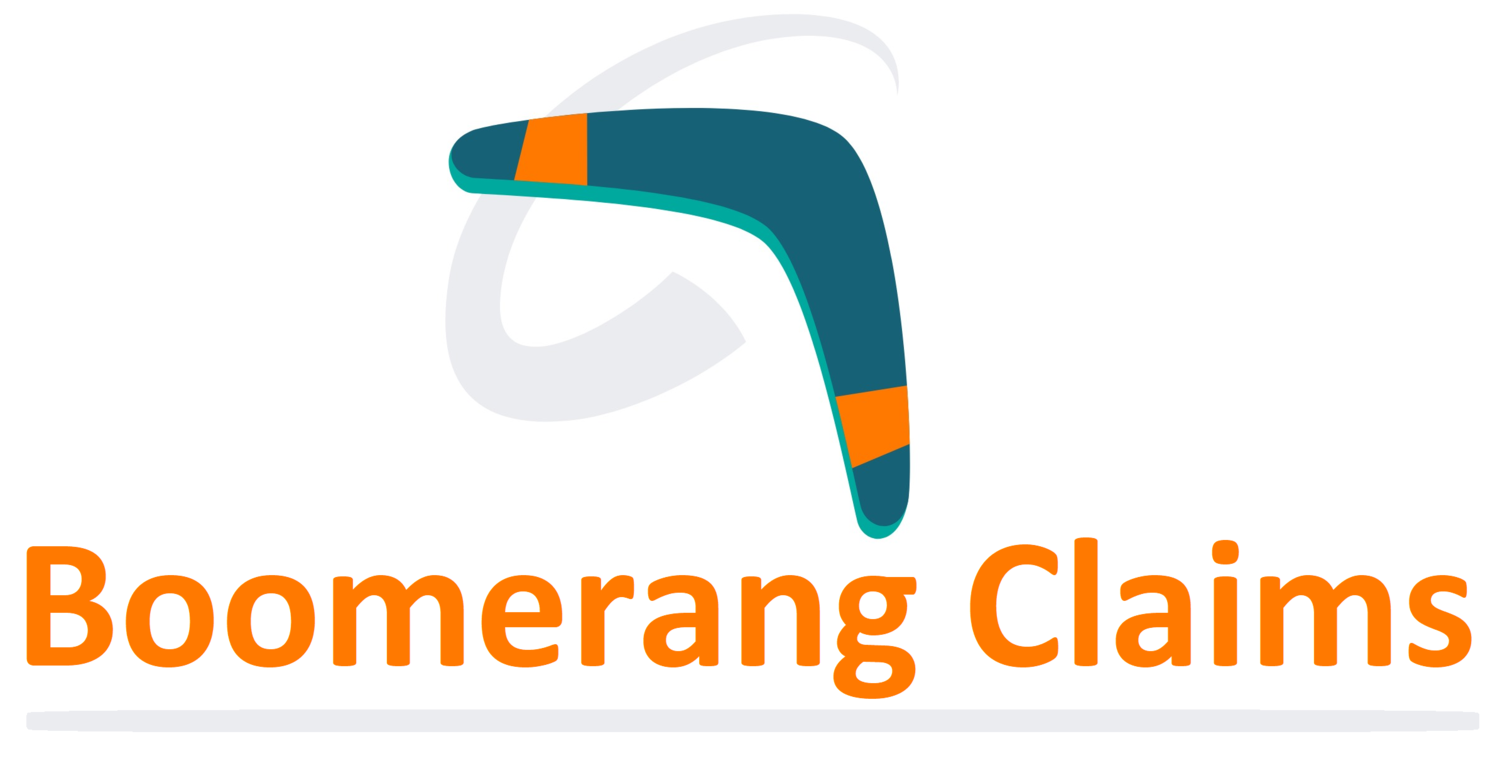WHAT IS JUNK INSURANCE?
Junk Insurance Explained
Junk insurance was often sold in an underhand manner with millions of consumers unwittingly paying a very high price for a product that had little or no benefit to the end-user. These products were sold in their millions by incentivised staff to consumers that often didn’t want them, didn’t need them and in many cases were not even aware that they had purchased them.
This financial scandal has taken place right across the globe. In some countries, like Britain, the sale of these products has been banned. The Insurance Council of Australia is in the process of rewriting its general insurance code of practice following the Banking Royal Commission.
We say that now it’s time for the banks and financial institutions to hold their hands up and give this money back. With the world just coming out of a major pandemic, lots of consumers are struggling to make ends meet. This is even more reason for Boomerang Claims to work hard for you to ensure you get your money back.
How We Can Help You
Once we have your basic information, we get on with the job whilst you can get on with yours. We do all the hard work and know all the tips and tricks that these financial institutions use to try to keep your money in their pocket. Well, we believe it should be in yours and work hard on your behalf to ensure that claims are rightfully refunded.
How Expensive Were Policies?
Policy costs varied dramatically based on the type of product they were attached to. Even if your credit provider or salesperson told you up front about the cost of the Insurance, they might have only told you the cost per month.
CCI attached to a credit card, for instance, might have only cost a few dollars for every $100 or even $1,000 of credit, but this could have been charged for each and every month, week or even day that the credit was used, depending on the provider.
Over the lifetime of a credit card, this can all add up very, very quickly!
If a card had an average balance of $3,500, then over several years this could easily add up to a cost of over $5,000 in CCI premiums. Some providers could have charged even more.
Things could get worse with unsecured loans or homeowner loans as, very often, many providers would charge the whole of the policy premium up front, but build this in as part of the cost of the loan.
These were sometimes called Single Premium Policies and, especially in the case of homeowner loans, could have cost the consumer $10,000 or more, depending on the initial value of the loan and its term. In these cases, to add insult to injury, not only would the consumer have spent this money on the cost of the junk insurance, but because of the way the deal was structured, they would have paid interest on it too!
What Types Of Credit Had CCI Attached?
CCI has been attached to pretty much every single type of credit imaginable by different lenders at one stage or another. The most common types are:
Credit Cards;
Unsecured Loans;
Homeowner Loans;
But depending on the lender and the timeframe, CCI has also been attached to:
Store Cards;
Car Finance;
Hire Purchase Agreements and even
Overdrafts.
If you can think of a type of finance then the chances are that at some point, someone was probably selling CCI or some other Junk Insurance policy alongside it.
Why Didn’t People Question CCI At The Time?
In many cases CCI was sold in such a way that consumers weren’t even aware of its existence – it may have been hidden in the “small print” of their credit agreement, or even presented as a necessity of taking out the finance. Even in instances where the consumer was advised of CCI being present, no lender would have openly advertised their incredibly low claims ratio, nor fully advised the consumer of all the various exclusions and limitations of the policy.
In our opinion, in almost all instances, even very “savvy” consumers had no hope whatsoever of understanding how badly they were being ripped off.
Wait – How Was This Allowed To Happen?
We believe that CCI is a symptom of the kind of problems that come from having a globalised financial market.
This type of Junk Insurance originated in the US in the early 1990s as a method adopted by certain lenders to artificially lower APRs on credit cards and loans. The theory behind this being that if a credit provider knew it could rely on huge profits form this junk insurance, they could make less profit from the finance itself. However, due to the nature of a globalised financial market and due to the competitive nature of the financial services industry at large, the practice spread across the whole world like wildfire.
By the late ‘90s, most of the top financial service providers in the world had adopted the practice, initially it may have been through necessity (in order to remain competitive with others who had adopted this practice) and later, as they knew they were going to be making so much profit from the CCI, became a part of what we would describe as a toxic culture and accepted as normal practice throughout most of the financial world.
We think that more lenders have, at some time, sold Junk Insurance such as CCI in one form or another than have not at this stage.
So… They Were Allowed To Get Away With It?
Nearly! In Britain in the late 2000s, consumer complaints started to mount with the Financial Ombudsman Service. In December 2010, the regulator, then called the Financial Services Authority (now rebranded as the Financial Conduct Authority) stepped in and issued rules to the banks on how to handle these complaints. The trade body, the British Bankers Association (BBA), complained that these rules were unfair as:
They resulted in the majority of complaints being upheld in favour of the consumer;
They mandated that where the complaint was upheld the consumer ought to be refunded, and
They had to be applied retrospectively.
As such, the BBA challenged the regulator’s decision in the High Court. Thankfully for consumers, in 2011 the regulator successfully defeated the BBA’s challenge and the precedent was set: Where a consumer complained, and where the complaint was upheld, they were to get their money back.
Although this all took place in Britain, it is important to remember that this junk insurance is far from being a uniquely British problem.
Junk Insurance And CCI In Australia
In Australia, it took until late December 2017 for banks to get the same attention. The former Governor-General of the Commonwealth of Australia, (His Excellency General the Honourable Sir Peter Cosgrove AK MC (Retd.)) established The Royal Commission into Misconduct in the Banking, Superannuation and Financial Services Industry.
High Court Judge, Kenneth Madison Hayne AC QC, was formerly appointed as the Royal Commissioner.
The Commissioner submitted his final report to the Governor General on the 1st February, 2019. The full report is lengthy (spread across three volumes and hundreds of pages), but its findings were damning and very clear: Just like in Britain, CCI was considered a toxic product and, where consumers brought a complaint and the complaint was upheld, the banks needed to pay the consumers back
In Conclusion
Various banks and other big businesses have made billions of dollars wilfully selling poor value products and getting away with it.
It’s time that you found out if you were the victim of these bad practices and, if you were, to get your money back!






